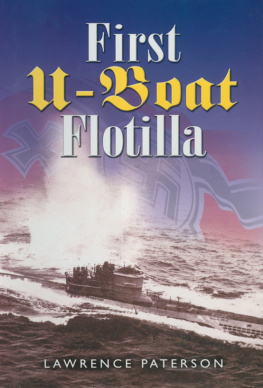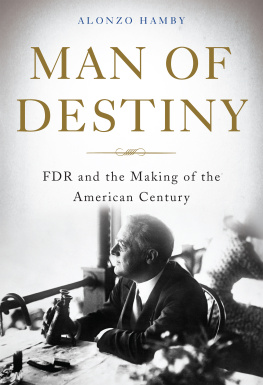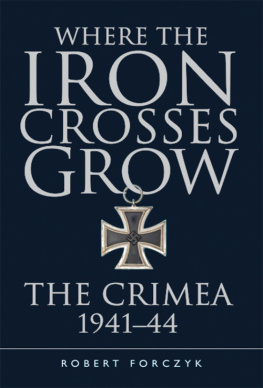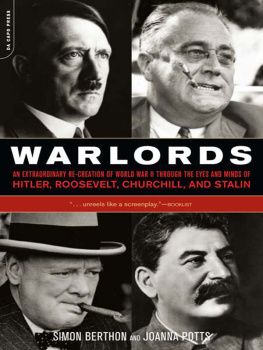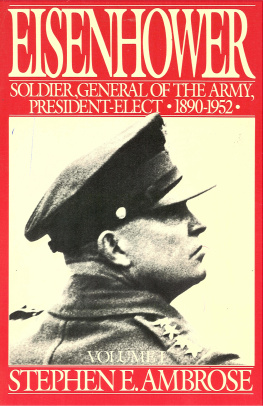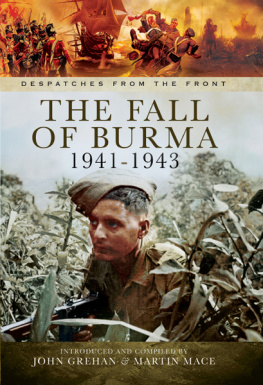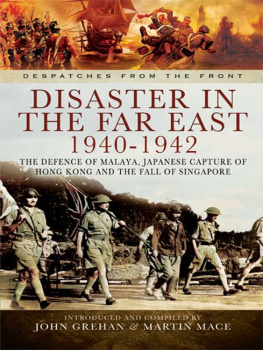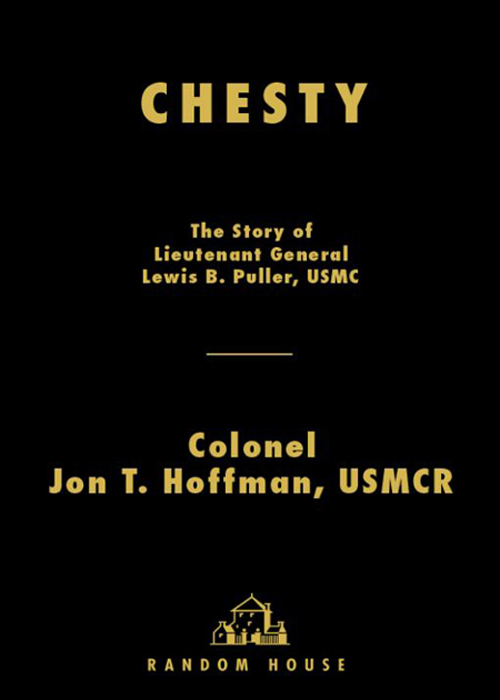

Table of Contents
To my parents, Thomas and Doris Ho fman
Praise for Chesty
A gripping account of a military career... If anything, the truth about Puller is more impressive than the anecdotes every Marine hears in boot camp. He is, after all, historys most decorated Marine officer. The Wall Street Journal
[Jon T.] Hoffman is a model biographer for Pulleradmiring and sympathetic but firmly determined to separate fact from legend. The New York Times Book Review
So thorough is... Hoffmans obviously exhaustive research... that there may be more personal and professional information about Puller in this tome than the general himself would recall. Leatherneck
Hoffman... has completed an extensive and scholarly study of the hero-icon.... He constructs a framework to build the legendvividly colorful during a vital lifetime. Marines reading this biography will become better at their calling in the future by learning about a singular sea soldier leader from the past. Others reading this excellent work will gain a balanced perspective about unique decades in our republics history, and what impact a unique individual can have on a unique organization. Marine Corps Gazette
Acknowledgments
This project benefited from the assistance of many people. General Pullers daughtersVirginia Dabney and Martha Downsgave me unfettered access to his personal papers, provided recollections of their father, and pointed me toward others who knew him. They and their husbands, Col William H. Dabney and BGen Michael P. Downs, also read and critiqued the draft manuscript.
The invaluable collections of the Marine Corps Historical Center were made available by the expert staff: the chief historian, Chuck Melson; historians Rich Smith and Dave Crist; reference historians Danny Crawford, Bob Aquilina, Anne Ferrante, Lena Kaljot, and Sheila Gram-blin; archivists Fred Graboske, Judy Petsch, and Christine Laba; and librarian Evy Englander. Ben Frank, the former chief historian, Dick Long, the former oral historian, and Amy Cantin, a former archivist, pointed me toward many sources before their retirements. All the Marines and civilians working in the supporting elements of the center keep the entire show running: LtCol Leon Craig, Maj John Vanden Berghe, 1stLt Katrina Patillo, GySgt Michael Cousins, Sgt Joslyn Benjamin, Sgt Gordan Gipson, Cpl Cassius Cardio, Cpl Ryan Ohnstad, LCpl Adrian Baldwin, LCpl Joe Echenique, LCpl Lukiya Walker, Jack Dyer, Jim Fairfax, Gordon Heim, Steve Hill, Cathy Kerns, Wanda Renfrow, Kris Reed, and Bob Struder. Dr. Tim Nenninger of the National Archives performed his usual sterling service in unearthing boxes of records that otherwise seemed buried forever. Richard Boylan worked similar miracles at the Records Center in Suitland. Kerry Strong and Mike Miller at the Marine Corps Research Center provided ready access to their archives. Robert K. Krick and his son Robert E. L. Krick, both with the National Park Service, went far beyond the call of duty in digging out important information on Pullers nineteenth-century ancestors. Diane Jacob turned up many useful documents in the archives of the Virginia Military Institute. Barry Thoerig helped unveil information in the Marine Corps Military Awards Branch. William Harrison, Diane Harper, and Michelle Carr of the Manpower Division made available personnel and medical records. Joe Sunseri and Sally Wooten provided important material on Mrs. Pullers time as a student at Saint Marys College.
BGen Edwin H. Simmons, Dr. Allan R. Millett, Col Joe Alexander, and Mr. Aubrey Buser each read the entire manuscript and provided their valuable thoughts on ways to improve it. Many others, including a large number of retired Marines, either read and critiqued one or more chapters or otherwise furnished key assistance: Darrell B. Albers, Col John Apergis, Gen Robert H. Barrow, John R. Beck, Lt Edward G. Bourne, USNR(Ret), LtGen Alpha L. Bowser, Harry Brandt, W. H. Brockinton, Dave Brooks, Homer W. Buck, Maj Jack Buck, Col Richard D. Camp, Jr., the Hon. R. Lawrence Coughlin, Gen Raymond G. Davis, Col John S. Day, Maj Mayhlon L. Degernes, Jr., LTC Carlo DEste, USA(Ret), SgtMaj W. X. Durkee, Capt William Eisenhower, Robert M. Evans, Maj Ashley W. Fisher, Col Robert A. Foyle, Richard B. Frank, Cokey H. Godfrey, Col John Greenwood, Col Jack Hawkins, BGen F. P. Henderson, Judy Hession, Kevin Hession, Col J. Wright Horton, Col Sanford B. Hunt, Stanley C. Jersey, Col Bernard T. Kelly, LtCol William F. Koehnlein, BGen James F. Lawrence, George MacGillivray, MajGen Marc A. Moore, Rev. Paul Moore, Jr., MSgt Charles H. Owens, Col Preston S. Parish, William T. Pierce, MajGen Jonas M. Platt, Maj Everett P. Pope, Dr. Mark Reardon, Rev. James M. Rogers, J. Nicholas Russo, MSgt Everett H. Shults, Col Carl L. Sitter, James Smith, LtCol Gary Solis, Dr. W. A. Stelck, Carl Stevenson, Matthew Stevenson, Col Nikolai S. Stevenson, LtCol Victor H. Streit, Col Gerald C. Thomas, Jr., Capt John Todd, Ralph Tulloch, Gen Merrill B. Twining, Capt R. Bruce Watkins, Col Waite W. Worden, and Col Robert P. Wray.
A large number of Marine veterans or others who knew General Puller took the time to write letters or give interviews describing their memories of him or their service with him. They are too numerous to mention here, but most of them appear in the source notes. Without their input, this biography would not be as complete or personal.
Bob Loomis of Random House faithfully stuck by the project as it dragged out over the years. His experienced editorial eye also helped guide the text to its final form.
My wife, Mary Craddock Hoffman, endured many lost evenings, weekends, and vacations and learned more than she ever wanted to know about General Puller. She also placed her own imprint on the book with her well-designed maps.
List of Maps
All maps created by Mary Craddock Hoffman
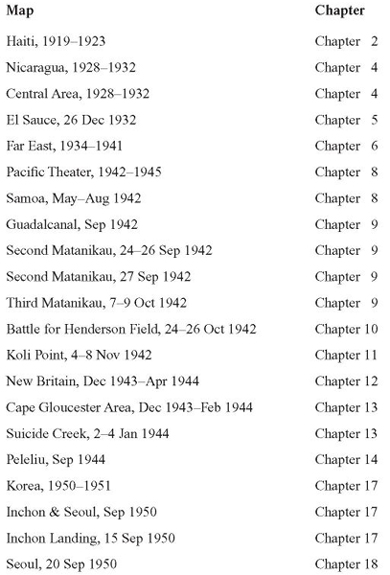

Preface
Lieutenant General Lewis Burwell Chesty Puller requires no introduction to an audience of Marines. Army partisans may quibble whether the greatest soldier was George Washington, Ulysses Grant, Robert E. Lee, Stonewall Jackson, John Pershing, Douglas MacArthur, George Marshall, George Patton, Audie Murphy, or any of a host of other possible candidates. Navy and Air Force enthusiasts would face the same dilemma in identifying a preeminent leader. But there is absolutely no doubt that Puller is the mythological hero of the Corpsthe very icon of the entire institution. His larger-than-life image is etched indelibly in every Marine almost from the first day at boot camp or officer candidate school. His stern, leathery, square-jawed visage stares down from the bulkhead in every building throughout the Corps. Countless times every day his name is invoked, like a magical incantation, by officers and noncommissioned officers (NCOs) in every conceivable setting and for every purpose under the sun. His pithy words, daring deeds, and colorful mannerisms are ingrained into the culture of the organization.
I thus thought more than twice when I approached the idea of a biography of Chesty. There was, first and foremost, the daunting challenge of trying objectively to examine the deeds of an institutional idol. Anything less than hero worship might be viewed as heresy by some Leathernecks, while others might sneer at anything short of a revisionist reappraisal full of warts as a mere whitewash.
Next page

